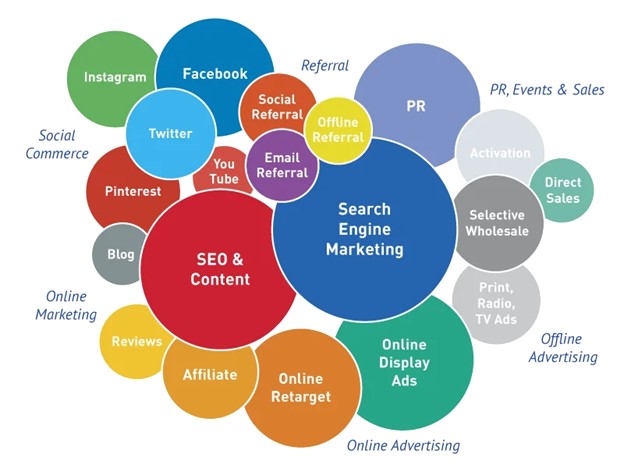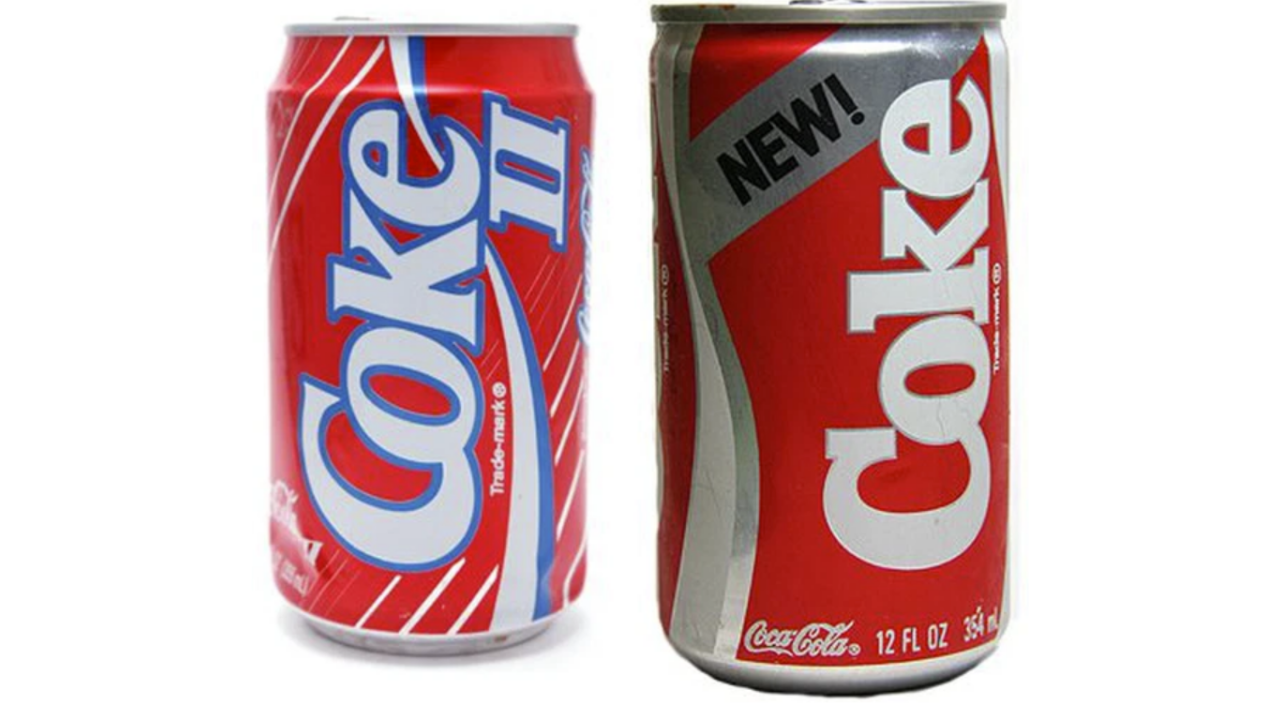You’re posting great content, but are you doing everything you can to make sure it’s seen? While everyone wishes it was as simple as just dropping in some copy, social media is more complex than that. That’s where social media captions and hashtags come in.
Captions are text that you write to accompany your post, while hashtags are words or phrases preceded by the “#” symbol.
When used correctly, captions and hashtags can help boost your content’s visibility, engagement, and conversions. In this post, we’ll show you how to write effective social media captions for B2Bs and how to use hashtags to your advantage.

How B2B Social Media Captions Differ From B2C
B2C businesses use social media to drive awareness and generate leads, while B2B businesses are more strategic in their usage–they use it to build relationships, generate leads, and drive sales.
Content-wise, B2C businesses can afford to be more general and rely on top-of-the-funnel content, such as blog posts, social media updates, and website pages. B2B businesses, on the other hand, need to produce more targeted content that’s relevant to their customers’ specific needs.
With that said, here’s how to write effective B2B social media captions.

What Makes Good Social Media Captions?
A social media caption is more than just a few words to accompany your post. Captions serve as an opportunity to attract attention to your content, pique curiosity, and engage your audience. You know you have a good social caption when it makes people want to know more, gets them to click on your post, encourages them to share your content, or even elicits an action.
To ensure your captions fulfill that objective, they should be:
- Relevant: Make sure the text you include is helpful or interesting to your audience.
- Concise and easy to read: Keep it short and sweet – no one wants to read a paragraph-long caption.
- Engaging: This means using strong verbs, punchy adjectives, and interesting facts.
- Error-free: Typos and grammatical mistakes can make you look unprofessional.
The Importance of #Hashtags
Now, what about social media hashtags? Hashtags are a great way to get your content seen by more people, as they help categorize it. When someone searches for a particular hashtag, all posts that include that hashtag appear in their results.
When using hashtags, consider the following:
- Use relevant hashtags: Don’t add irrelevant hashtags to your posts just because you can.
- Use a variety of hashtags: Don’t just stick to one or two hashtags. Use as many relevant ones to your post as you can but in moderation.
- Use popular hashtags: Don’t try to come up with your own hashtags – use already popular ones. This will help you reach a larger audience.
- Use branded hashtags: If you have a branded hashtag, use it in your posts. This will help increase brand awareness and engagement.
- Use location-based hashtags: If you’re posting about a local event or happening, use the relevant hashtags to help people find your content.
- Use season-based hashtags: If you’re posting about a holiday or a seasonal event, use season-based hashtags to gain more exposure.
What You Need to Know About the Different Social Media Platforms
Each social media platform has its own set of rules and best practices for social media posting. Here are key things to keep in mind.
LinkedIn is a more professional platform, so your captions should reflect that. Character limits on LinkedIn are 3,000 for posts. Keep them concise and to the point, and avoid using too many hashtags. And if you’ll use hashtags, space them out and keep them at the end of your post.
When tweeting, keep your captions to 280 characters or less. Twitter displays tweets in a truncated format, so you don’t want to lose important information by going over the limit.
As for hashtags, Twitter is the platform where you want to use them most. Also, keep an eye on the trending hashtags–using them can help you get more exposure for your tweets.
YouTube
For YouTube video descriptions, you’re allowed up to 5,000 characters. Use this to your advantage by including a brief introduction to your video, as well as key takeaways and a CTA. As for hashtags, you can include up to 15 hashtags.
If you tend to post long-form content, Facebook is the platform for you. Captions can be up to 63,206 characters long – so there’s plenty of room to get your point across. As for hashtags, Facebook doesn’t use them as much, so only use 1-2 of them if they’re relevant to your post.
For Instagram captions, you want to keep them short (no longer than 4 lines). As for hashtags, use as many relevant ones as you can, but don’t go over 30 hashtags and put them at the end of your caption. Also, be mindful of the Instagram algorithm, which favors posts with high engagement, so remember quality over quantity of posts.
Measuring Success of Social Media Captions
Now that you know how to use hashtags and captions for your social media posts, it’s important to measure their success. 94% of successful B2B content marketers measure the performance of their content marketing efforts.
Use social media analytics tools to see how well your posts are performing. This will help you determine which types of content resonate with your audience and which don’t.
Most importantly, keep an eye on your goals and make sure that your posts are helping you achieve them. If they’re not, adjust your strategy accordingly.
Now that you know about social media captions and hashtags, it’s time to put that into practice. Start by creating a content plan that includes posts with engaging captions, and make sure to use hashtags to increase your reach. Finally, measure the success of your efforts so you can continue refining your strategy.









